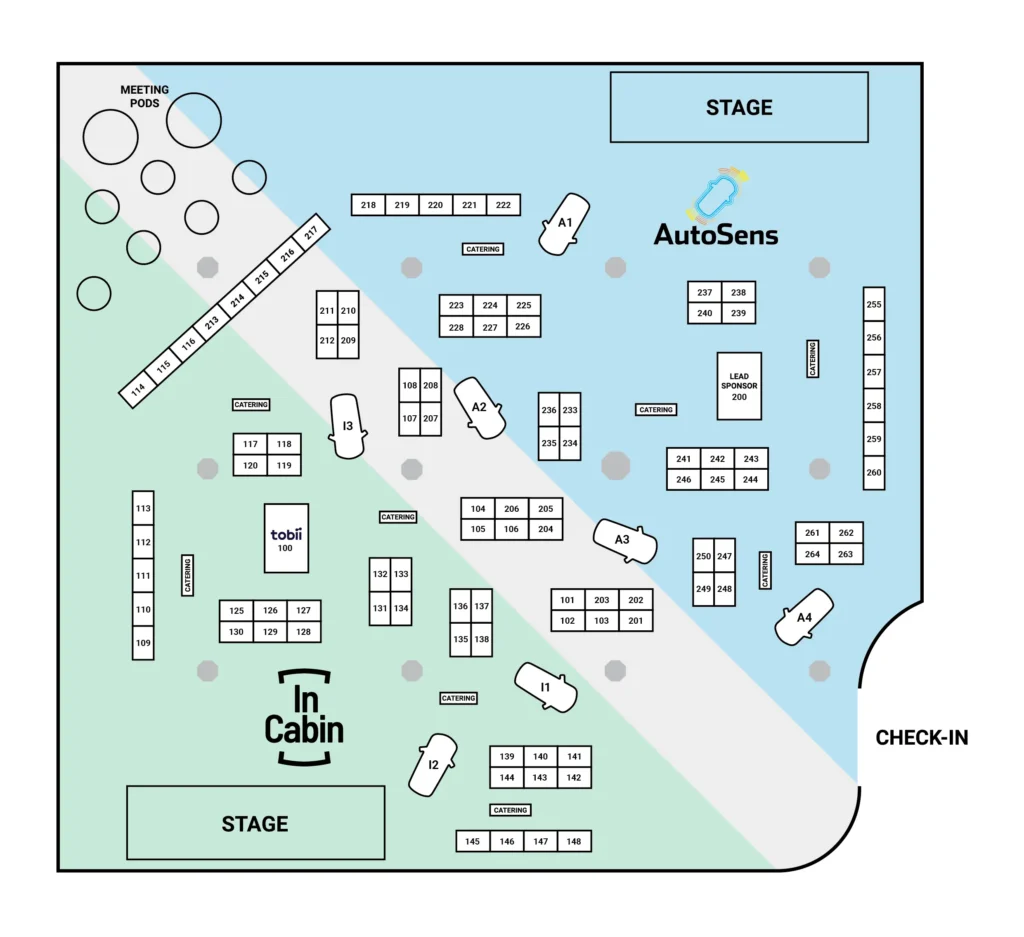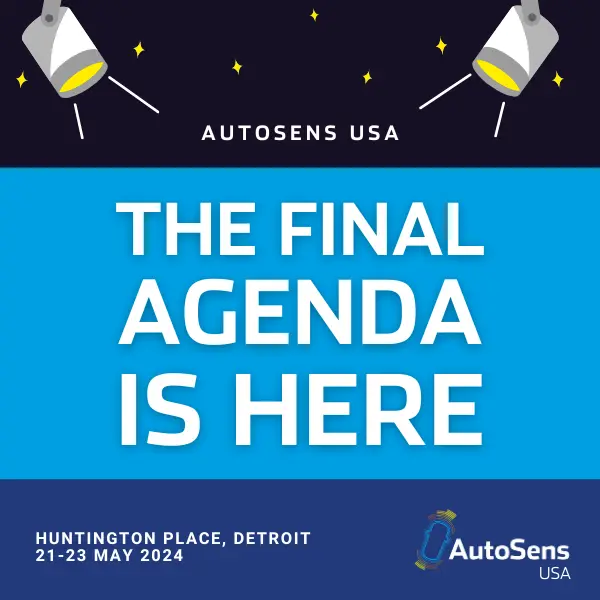Asking the experts: in relation to human factors and user experience in the cabin, what are the upcoming trends? How are we considering safety? What impact can we foresee from emerging technologies? With commentary from Michael Nees, Associate Professor and Director of the Human Factors, Perception, and Cognition Lab at Lafayette College and InCabin Advisory Board member, and Andrew Filimonov, Senior Director of Research at Harman International.
Michael Nees
Associate Professor and Director of the Human Factors, Perception, and Cognition Lab

In your experience, what emerging technologies or trends do you believe will have the most significant impact on enhancing user experience in automotive cabins in the near future?
The on-going trajectory toward ubiquitous driver monitoring to detect impairment, drowsiness, and distraction has a huge potential to make driving safer. While much progress has been made on detecting and analyzing driver states, I believe an emerging area of focus will be finding new ways to leverage this information to affect driver behavior through innovative human-machine interface design.
Want more on this?
With an AutoSensPLUS subscription you can check out this session on health and impairment detection through cognitive states monitoring – development and validation challenges, from Tobii.
Also, don’t miss this panel on what does the future hold for in-cabin, where can technology take us? Imagining the immersive user experience.
With the advancements in autonomous driving technologies, how do you see human factors and user experience evolving to ensure a seamless transition between manual and autonomous driving modes?
Transitions remain a tricky problem with automated driving. Successful approaches will need to consider the strengths and weaknesses of both human drivers and automated systems. Driver monitoring has already been shown to play a critical role in making sure human drivers are prepared to respond to potential automation failures.
Related news:
– Waymo claims autonomy offers ‘significant’ safety benefits compared with human drivers
– Autonomous vehicles moving forward: Perspectives from industry leaders
As we look forward to the presentations from industry experts such as Andrei Filimonov, Senthil Seetharaman, and David Mitropoulos-Rundus during this track, what aspects or topics are you particularly excited about or interested in learning more about?
I’m looking forward to learning from experts in industry about their current approaches to the human-machine interface design for driver monitoring systems. I’m excited to hear the panel discussion with Bahman Hadji and Fabiano Ruaro (“Can DMS and OMS read your driver’s mind for a safer, smoother ride?”).
INCABIN USA 2024 TUTORIAL
HUMAN FACTORS CONSIDERATIONS FOR UBIQUITOUS DRIVER MONITORINGHUMAN FACTORS CONSIDERATIONS FOR UBIQUITOUS DRIVER MONITORING
Michael Nees
Associate Professor and Director of the Human Factors, Perception, and Cognition Lab


Speaker Insight
Andrei Filimonov
Senior Director of Research

In your presentation on ‘Mental Modalities and Impact on Driving Performance’, could you elaborate on how Harman International’s research has contributed to understanding the cognitive aspects of driving, and how this understanding can be translated into real-world vehicle safety measures?
As with any scientific inquiry, our investigation into human psychological and physiological states enhances the broader comprehension of the functioning of human psychology and physiology. Despite the longstanding study of human emotions and behaviors spanning decades, if not centuries, recent breakthroughs in math and machine learning have facilitated a paradigm shift in our perspective by enabling quantification of human states.
In essence, quantification implies measurability, which is of paramount importance due to its potential for predictability. The capability to anticipate human behavior is deemed to be the most invaluable yield of mental state assessment. When applied to the automotive industry, it addresses safety issues, particularly focusing on the most hazardous element of vehicular operation – the driver. The ability to ascertain the driver’s state and consequent alterations in driving behaviors can significantly enhance road safety.
In my forthcoming presentation, I will focus on a specific facet of driving performance deterioration instigated by cognitive overload, colloquially referred to as cognitive distraction. This term describes the human brain’s inability to efficiently multitask, especially when such failure results in safety risks. Specifically, within an automotive context, a non-driving task that demands considerable cognitive exertion can distract the driver, causing substantial degradation in driving style and performance.
I will elaborate on how imposed cognitive load unrelated to driving can escalate reaction time, the likelihood of missing turns, unintentional lane departures, including to road shoulders or opposing traffic lanes, and the risk of accidents. An additional contribution from Harman to the safety sphere is the development of in-vehicle human mental state evaluators, designed to function in tandem with standard driver monitor software. The mental state scores obtained can be translated into driving quality metrics and subsequently used to devise appropriate corrective measures and interventions.
What are you most excited about regarding this event and the opportunity to share your insights with our audience?
The most exhilarating facet entails disseminating both scientific advancements and pragmatic progressions that hold the potential to preserve human lives. Additionally, it involves positioning Harman not merely as a frontrunner in the automotive industry, but also as a scientific establishment adept at amalgamating practical requirements with foundational scientific research.
Related news:
– Harman works with Qualcomm to Drive Automotive Innovation with New Ready to Connect 5G TCU for Connected Cars
– OnStar’s Most Popular Features are now standard in all 2025 GM Vehicles
– ZF Unveils Smart Seat Belt Technology
INCABIN USA 2024 AGENDA SESSION
Andrei Filimonov
Senior Director of Research


Interested in more from Harman International?
Check out this article with Peter Harman, Chief ADAS Expert, discussing the key challenges in automotive interior sensing.
Connect on this topic in the exhibition
AutoSens and InCabin include a technology exhibition with an array of technical demonstrations, vehicle demonstrations, buck demos from world leading companies. Engineers who come to AutoSens and InCabin have the opportunity to not only discuss the latest trends but actually get their hands on the tech and see it in action.
Want more on this topic?
With an AutoSensPLUS subscription you can watch this presentation from Transport Canada on ‘Human Factors in the Design and Evaluation of Effective Interventions’.
Ready to join the adventure and dive into the technical world of ADAS and AV technology? Our USA exhibition will feature key companies at the cutting edge of in-cabin technology.
Join us at InCabin USA, 21st-23rd May 2024. Get your pass here.






